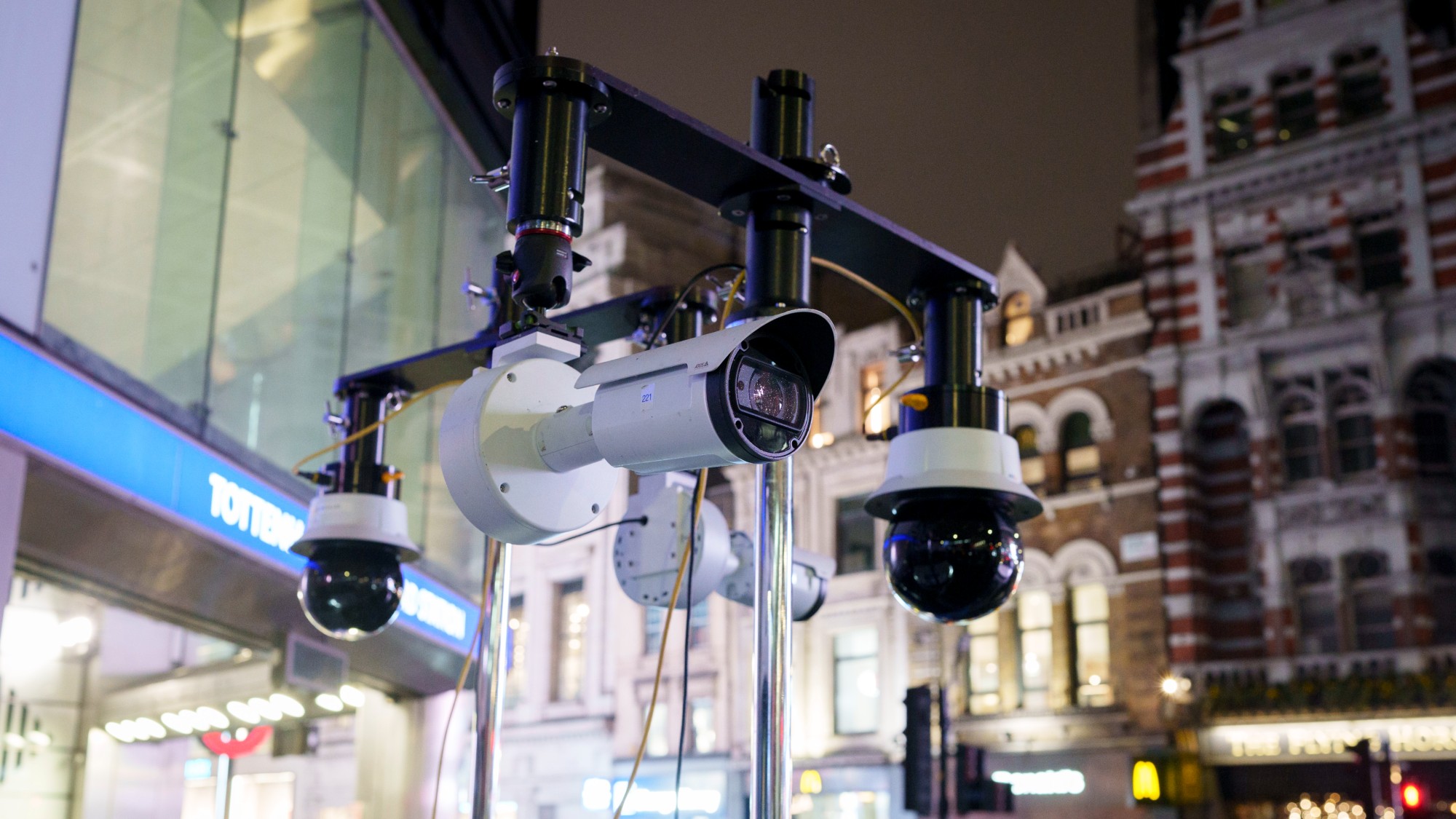Night Vision: Photography After Dark
The Met retraces the history of night photography with the works of Alfred Stieglitz, Berenice Abbott, and other photographers from its permanent collection.
Metropolitan Museum of Art, New York
Through Sept. 18
Take a walk on the dark side, said Ariella Budick in the Financial Times. This “evocative” exhibit at the Met retraces the fascinating history of night photography, using various undersung black-and-white masterpieces from the museum’s permanent collection. A long, talented line of nocturnal cameramen have plumbed the “grimy mysteries and haunted, melancholy streets” of the modern urban landscape, embracing the darkness not only as a metaphor for danger but also as a technical challenge. Exposure-time requirements made night shooting unfeasible until the 1880s, when the new gelatin dry-plate process shortened those times considerably and gave birth to a genre. The earliest print in the show, an 1897 view of Manhattan’s streets by Alfred Stieglitz, prefigures the reigning aesthetic of noir cinema, still decades away. “Natural obscurity sets off modernity’s artificial glare,” and the damp pavement has a “polished ebony glitter.”
The Week
Escape your echo chamber. Get the facts behind the news, plus analysis from multiple perspectives.

Sign up for The Week's Free Newsletters
From our morning news briefing to a weekly Good News Newsletter, get the best of The Week delivered directly to your inbox.
From our morning news briefing to a weekly Good News Newsletter, get the best of The Week delivered directly to your inbox.
As photographers honed their technical chops, said Martha Schwendener in The New York Times, they also developed signature styles. Berenice Abbott invented a developing process to better capture contrasts of light and dark, culminating in a stunning 1932 shot of New York City taken from a skyscraper window. Brassaï preferred shooting in fog and rain, while crime photographer Weegee ratcheted up the emotional drama with a powerful flash. His Human Head Cake Box Murder, circa 1940, is an overhead view of detectives at a crime scene, with everyone’s face obscured—“except the title subject’s.” If this show has a flaw, it’s that it stops short of exploring the many recent advances in nighttime photography. “The problem is the museum format, in which photographs are treated like precious, singular artifacts.” That’s a quibble, though, for an essentially “modest, lovely show.”
A free daily email with the biggest news stories of the day – and the best features from TheWeek.com
-
 Political cartoons for December 14
Political cartoons for December 14Cartoons Sunday's political cartoons include a new White House flag, Venezuela negotiations, and more
-
 Heavenly spectacle in the wilds of Canada
Heavenly spectacle in the wilds of CanadaThe Week Recommends ‘Mind-bending’ outpost for spotting animals – and the northern lights
-
 Facial recognition: a revolution in policing
Facial recognition: a revolution in policingTalking Point All 43 police forces in England and Wales are set to be granted access, with those against calling for increasing safeguards on the technology